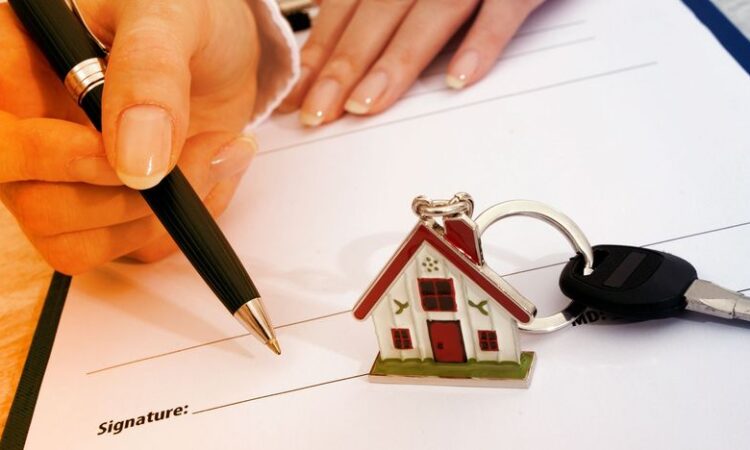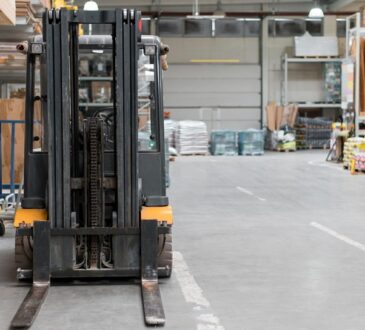A Consumer’s Guide to Renting Power Equipment: What You Need to Know Before Signing the Contract

Renting power equipment is an excellent solution for temporary project needs. Whether it’s for home improvement, landscaping, or construction, power equipment for rent offers flexibility and cost efficiency. This guide aims to provide you with a thorough understanding of the rental process, ensuring you make informed decisions and get the best value for your money.
Understanding Power Equipment Rental
What is Power Equipment?
Power equipment refers to tools and machinery powered by various sources like electricity, gasoline, or diesel. This equipment ranges from handheld tools such as drills and saws to heavy machinery like excavators and bulldozers.
Why Rent Instead of Buy?
- Cost-effective: Renting is more economical for short-term use.
- No Maintenance: Avoid the costs and hassle of maintenance and storage.
- Access to Latest Models: Rentals often offer the latest equipment with advanced features.
Steps Before Renting Power Equipment
Assess Your Needs
- Identify the Equipment: Understand the specific type of equipment needed for your project.
- Project Scale: The size of your project will dictate the power and size of the equipment.
Research Rental Providers
- Reputation and Reviews: Opt for companies with a strong reputation and positive customer feedback.
- Pricing Comparison: Get quotes from several providers to compare rates.
Choosing the Right Power Equipment for Rent
Inspecting Equipment Condition
- Physical Inspection: Examine the equipment for wear and tear.
- Inquire About Age: Newer models are generally more efficient and safer.
Ensuring Safety and Proper Operation
- Safety Features: Check if the equipment meets safety standards.
- Operational Training: Ask for guidance or training on using the equipment.
Understanding the Rental Agreement
Rental Duration and Costs
- Rental Period: Understand how the rental time is calculated and billed.
- Hidden Costs: Be aware of additional fees like delivery, fuel charges, and late return penalties.
Maintenance and Breakdowns
- Maintenance Agreement: Clarify who is responsible for maintenance during the rental.
- Breakdown Policies: Understand the procedure in case of equipment failure.
Insurance and Liability
- Damage Waiver: Consider opting for a damage waiver for accidental damages.
- Liability Clauses: Be clear about your liability in case of equipment-caused damages.
Using Rented Power Equipment
Conducting a Pre-Use Inspection
- Damage Check: Document any existing damage before using the equipment.
- Functional Test: Ensure the equipment works as expected.
Safe Operation Practices
- Manufacturer’s Guidelines: Always follow the manufacturer’s operating instructions.
- Personal Safety Gear: Use safety equipment like helmets, gloves, and protective eyewear.
Returning the Equipment
Post-Use Procedures
- Cleaning: Return the equipment in a clean condition.
- Refueling/Recharging: Refill or recharge the equipment as per the agreement.
Final Inspection and Documentation
- Joint Inspection: Do a final check with a rental agent.
- Keep Records: Retain copies of the return documentation for reference.
Conclusion
Renting power equipment can be a smart choice for various projects. By thoroughly assessing your needs, choosing the right equipment, understanding the rental contract, and adhering to safety protocols, you can ensure a smooth and successful rental experience. Always prioritize safety and efficiency when handling power equipment for rent.




